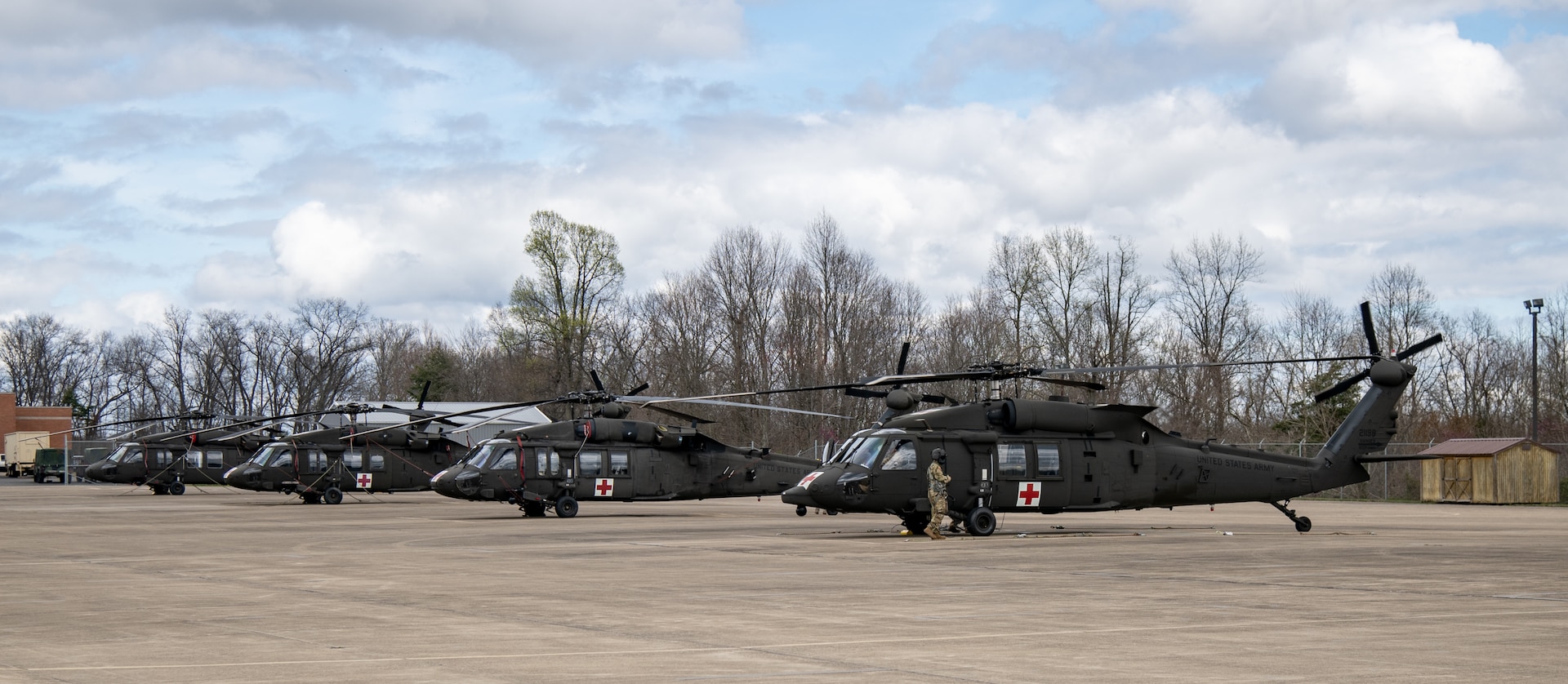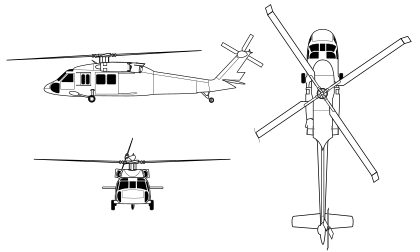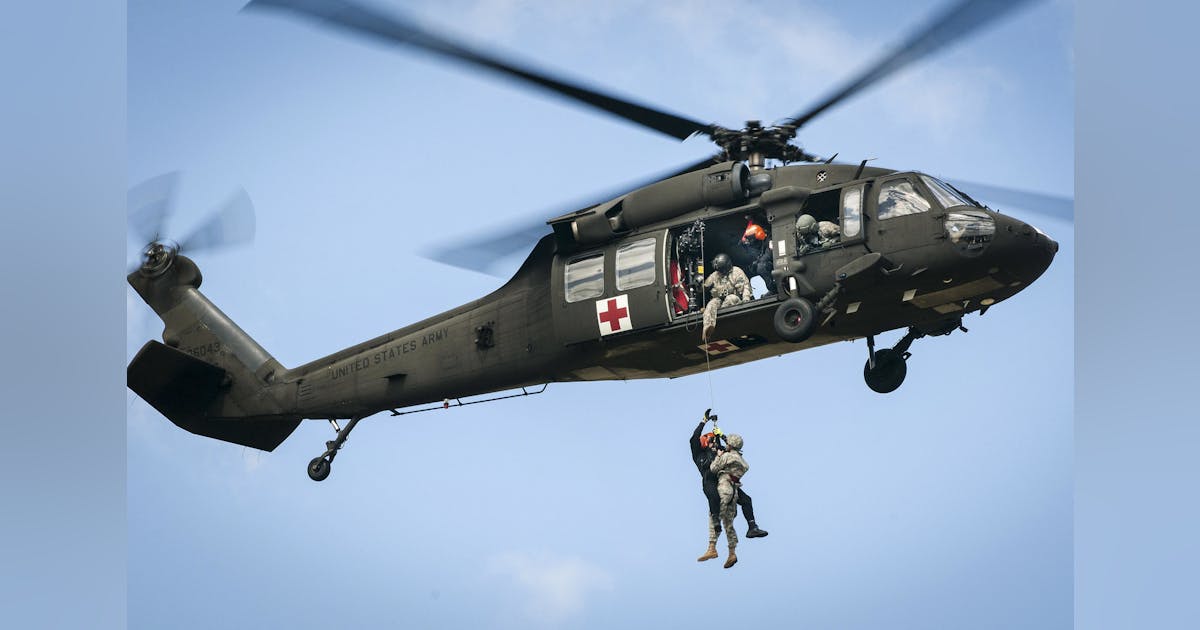UH 60 Black Hawk Helicopter Variants and Their Uses
UH 60 Black Hawk Helicopter Variants and Their Uses
Blog Article
Exploring the Cutting-edge Technology Behind Airplane Style and Design
The field of aircraft style and engineering is observing a transformative shift driven by innovative technologies that boost sustainability, performance, and performance. As the sector grapples with the difficulties of environmental duty, growths in sustainable aviation innovations guarantee to improve the future.
Advanced Products in Aircraft Design
How can the combination of innovative products revolutionize airplane style? The incorporation of advanced products, such as carbon fiber composites, titanium alloys, and advanced porcelains, plays a crucial duty in boosting aircraft efficiency and performance. These materials supply exceptional strength-to-weight ratios, enabling makers to lower total aircraft weight without endangering structural integrity. This decrease in weight straight adds to enhanced gas performance and enhanced haul ability.
Additionally, innovative products display boosted resistance to corrosion and tiredness, resulting in lower maintenance costs and prolonged service life. The use of titanium in important parts aids endure severe temperature levels and stress and anxieties, while carbon fiber composites supply flexibility in layout and manufacturing processes. This flexibility enables more wind resistant shapes, adding to superior performance attributes.
Furthermore, the assimilation of wise materials, which can transform residential or commercial properties in reaction to exterior stimuli, opens up brand-new avenues for adaptive systems in airplane style. uh 60. These technologies promise not just to boost safety and operational performance however additionally to add to sustainability initiatives by decreasing ecological impact with decreased exhausts. In recap, progressed materials are redefining the landscape of airplane design, leading the way for much more reliable, long lasting, and environmentally friendly aeronautics options
Wind Resistant Innovations for Performance
Wind resistant innovations play a crucial function in improving airplane efficiency, considerably influencing gas usage and general efficiency. Developments in airfoil layout, such as the intro of supercritical wings, enable for optimized lift-to-drag proportions, minimizing drag at transonic speeds. These advancements allow aircraft to maintain higher rates with lower fuel expense, straight impacting operational prices and environmental sustainability.
Moreover, the assimilation of winglets has confirmed efficient in alleviating vortex-induced drag at the pointers of wings, better boosting fuel performance - uh 60. This design adjustment leads to a reduction in wake turbulence, adding to improved wind resistant efficiency during cruise problems

Additionally, computational fluid dynamics (CFD) tools have actually revolutionized the testing and refinement of aerodynamic shapes, allowing for precise simulations of air flow around aircraft (uh 60). This enables engineers to introduce continually, making sure that modern airplane not just satisfy regulative criteria however also push the view it now borders of efficiency in aeronautics

Function of Computer Simulations
Computer simulations have actually become an indispensable tool in the field of aircraft layout, enabling engineers to carry out thorough evaluations and optimizations of different layout aspects. These simulations enable for the digital screening of wind resistant properties, architectural honesty, and efficiency metrics long prior to physical prototypes are developed. By utilizing computational liquid dynamics (CFD) and limited component evaluation (FEA), designers can predict just how air flows around the aircraft and exactly how various materials will react to tension and pressure.
In addition, computer system simulations assist in the exploration of a large range of variables and scenarios, speeding up the layout procedure and decreasing expenses linked with physical screening. This capability not just improves the precision of predictions concerning aircraft behavior yet additionally supplies understandings right into prospective style renovations that may not find more be instantly evident through conventional approaches.

In addition, simulations help make certain conformity with stringent security laws by permitting designers to recognize and correct potential problems early in the layout phase. The assimilation of simulation modern technologies into the aircraft layout procedure emphasizes the significant advancements in engineering methods, ultimately adding to the growth of more secure, extra efficient, and ecologically pleasant aircraft.
Artificial Intelligence in Design
Fabricated intelligence (AI) is reinventing the design landscape, particularly in aircraft style, by maximizing and improving decision-making processes style workflows. Through machine discovering formulas, AI can evaluate substantial datasets, uncovering patterns and insights that inform layout choices and boost general performance.
AI applications in airplane style consist of generative style, where algorithms create multiple layout options based on specified parameters, permitting designers to evaluate a more comprehensive variety of opportunities. This not just accelerates the design phase however additionally makes certain that the end products fulfill rigid performance and security criteria.
Moreover, AI-driven anticipating analytics promote maintenance scheduling by analyzing historic information and forecasting possible failings. This positive technique reduces downtime and enhances airplane reliability.
In addition, AI help in simulation and modeling, making it possible for engineers to evaluate designs under his response numerous conditions without the need for physical models. This capacity shortens development timelines and decreases costs connected with standard testing methods.
Sustainable Air Travel Technologies
The solution lies in the fostering of lasting aviation technologies that prioritize effectiveness and reduce carbon exhausts. Innovations such as lasting aeronautics gas (SAFs), which are obtained from sustainable resources, have emerged as a crucial component in attaining reduced lifecycle exhausts.
Additionally, developments in airplane layout, such as the advancement of lighter materials and more aerodynamically effective shapes, contribute to enhanced gas performance. Electric and hybrid propulsion systems are additionally obtaining traction, using a pathway to lower dependence on fossil gas and decrease greenhouse gas exhausts.
The combination of these modern technologies is supported by regulatory frameworks and sector cooperations targeted at establishing enthusiastic sustainability targets. Digital devices like data analytics and synthetic intelligence can maximize flight procedures, additionally boosting gas efficiency. By embracing sustainable methods and technologies, the air travel industry can not only satisfy the growing need for air traveling yet also play a critical function in attending to environment modification, making sure a much more sustainable future for air transportation.
Verdict
The convergence of advanced products, wind resistant technologies, and advanced innovations notes a substantial evolution in aircraft layout and engineering. The integration of carbon fiber composites, titanium alloys, and AI-driven procedures not just enhances performance and efficiency however additionally improves operations and predictive upkeep.

Computer system simulations have come to be an essential tool in the field of aircraft style, allowing designers to carry out detailed evaluations and optimizations of numerous style elements.The convergence of advanced materials, wind resistant technologies, and sophisticated technologies marks a significant evolution in airplane layout and design.
Report this page